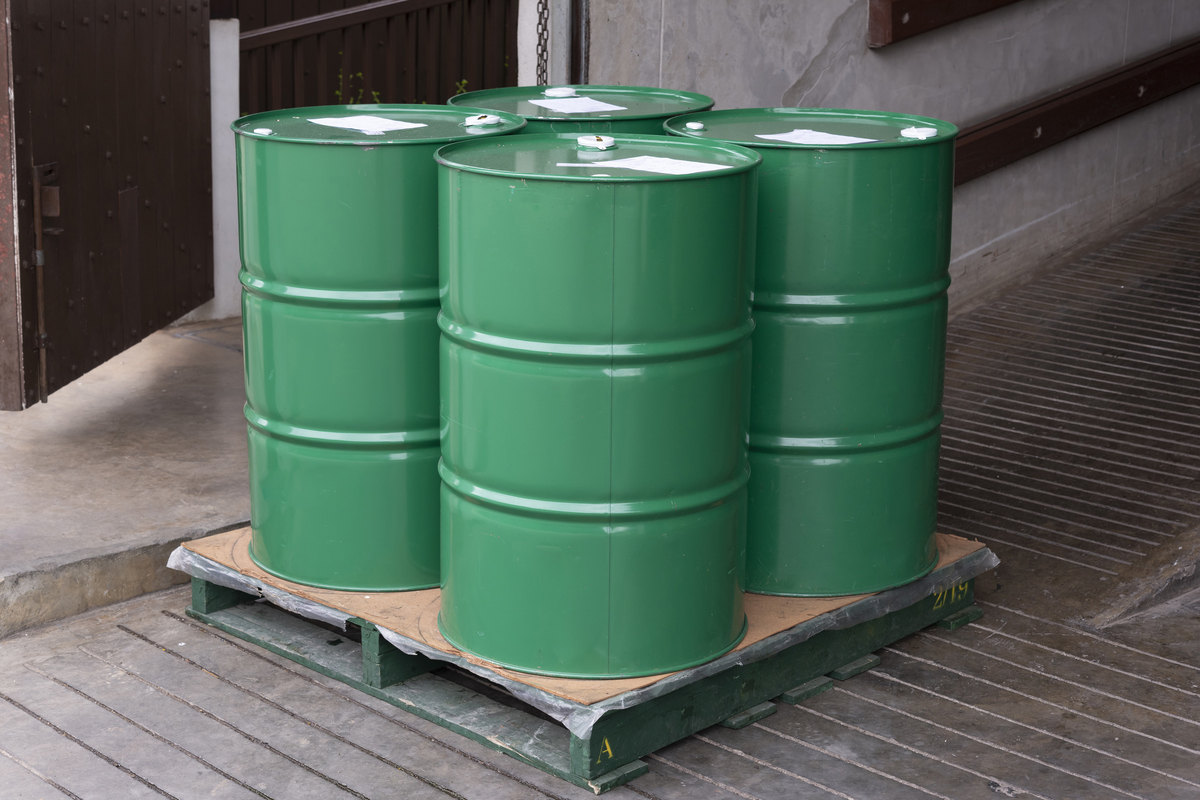Global oil demand to plateau by end of decade – IEA
The International Energy Agency (IEA) has forecast global oil demand to grow by 2.5 million b/d between 2024 and 2030, “reaching a plateau” at around 105.5 million b/d by the end of this decade.
 IMAGE: Oil barrels. Getty Images
IMAGE: Oil barrels. Getty Images
The global oil market has been turbulent in 2025, largely due to heightened trade tensions between major oil-consuming countries and stalling demand growth, the IEA says in its annual oil market report 'Oil 2025'.
The decision by OPEC+ members to accelerate oil production has also added to market jitters, pushing oil prices lower, the Paris-based agency notes. However, oil prices have since rebounded following intense hostilities between Israel and Iran, with both sides continuing to exchange fire.
“Oil markets are going through a fundamental transformation as the drivers of global oil supply and demand patterns shift,” the IEA says. “With geopolitical and economic uncertainties affecting oil producers and consumers alike, oil supply security remains high on the international energy policy agenda,” it adds.
Demand estimates
In recent years, soaring US supply and China’s appetite for oil have driven global market trends. That balance, however, is set to shift by 2030, the IEA estimates.
Chinese oil demand is on track to peak by the end of this decade, due to a surge in EV sales and increased use of LNG-fueled trucks, the energy agency notes. China’s total oil consumption in 2030 is projected to be marginally higher than in 2024, compared with growth of around 1 million b/d projected earlier, the IEA says.
Demand growth is expected to face further headwinds as substitution away from oil in the transport and power generation sectors increases, the IEA projects. In the Middle East, Saudi Arabia is expected to see the sharpest drop in oil demand by 2030, driven primarily by the shift from oil-fired power generation to natural gas and renewables, the agency says.
“Demand for oil from combustible fossil fuels – which excludes petrochemical feedstocks and biofuels – may peak as early as 2027,” the IEA explains.
India is expected to increase consumption by 1 million b/d by the end of this decade. In contrast, consumption in the OECD group of developed countries is forecast to decline by 1.7 million b/d through 2030, the IEA says.
Notably, a loss of momentum in EV adoption in the US this year has led the IEA to revise up its forecast US oil demand of 1.1 million b/d by 2030 compared with its last year’s report.
Supply forecast
Global oil production capacity is forecast to expand by 5.1 million b/d to 114.7 million b/d by 2030, led by Saudi Arabia and the US, the agency notes. Oil supply is set to “significantly outpace” the projected 2.5 million b/d increase in global oil demand during the period.
Total non-OPEC+ oil supply is forecast to grow by 3.1 million b/d by 2030, “despite the number of approved projects tailing off after 2027,” the IEA says. The US and Brazil will lead this growth.
If the OPEC+ coalition continues to hike crude oil production at current rates, global oil supply will rise to 107.2 million b/d by 2030, 1.7 million b/d higher than projected demand, “suggesting prices would have to drop to prevent an untenable stock build,” the agency adds.
By Aparupa Mazumder
Please get in touch with comments or additional info to news@engine.online





